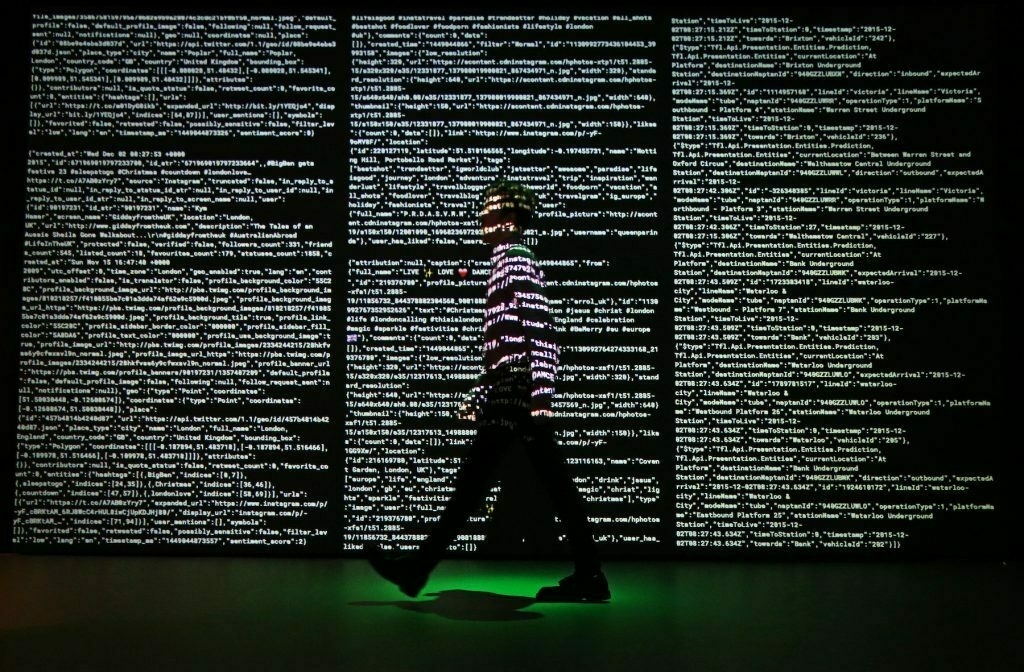Attempting to quantify the unquantifiable
This article, which I discovered via Sentiers, discusses the rise of ‘Quantitative Aesthetics’, or putting numbers on things you like to prove other people wrong. It’s basically numbers as a shorthand for status, and once you realise it, you see it everywhere. It’s the social media-ification of all of the things.
[T]here’s something called the McNamara Fallacy, a.k.a. the Quantitative Fallacy. It is summarized as “if it cannot be measured, it is not important.” The Heller article made me reflect on how a version of it is now very present, and growing, at the grassroots of taste.Source: How We Ended Up in the Era of ‘Quantitative Aesthetics,’ Where Data Points Dictate Taste | ArtnetOn one level, this is seen in a rise of a kind of wonky obsession with business stats in fandoms, invoked as a way to convey the rightness of artistic opinions—what I want to call Quantitative Aesthetics. (There are actually scientists who study aesthetic preference in labs and use the term “quantitative aesthetics.” I am using it in a more diffuse way.)
It manifests in music. As the New York Times wrote in 2020 of the new age of pop fandom, “devotees compare No. 1s and streaming statistics like sports fans do batting averages, championship, wins and shooting percentages.” Last year, another music writer talked about fans internalizing the number-as-proof-of-value mindset to extreme levels: “I see people forcing themselves to listen to certain songs or albums over and over and over just to raise those numbers, to the point they don’t even get enjoyment out of it anymore.”
The same goes for film lovers, who now seem to strangely know a lot about opening-day grosses and foreign box office, and use the stats to argue for the merits of their preferred product. There was an entire campaign by Marvel super-fans to get Avengers: Endgame to outgross Avatar, as if that would prove that comic-book movies really were the best thing in the world.
